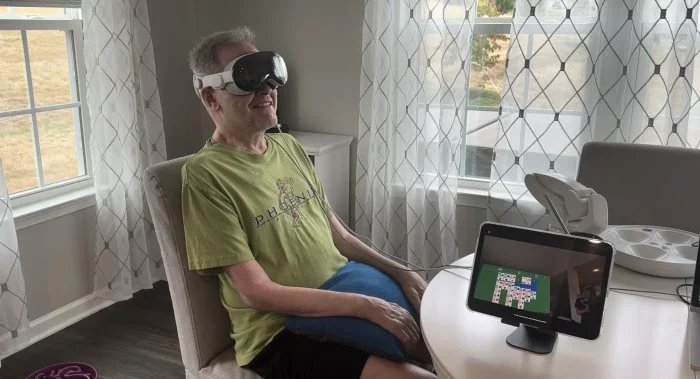
Apple Enters the Brain-Computer Interface Arena: A Revolution in Accessibility?
Apple is quietly making significant strides into the realm of brain-computer interfaces (BCIs), aiming to revolutionize how individuals, especially those with mobility impairments, interact with their devices. This ambitious project could potentially transform the accessibility landscape for millions, allowing them to control iPhones, iPads, and even the Vision Pro headset using neural signals.
The tech giant is reportedly partnering with Synchron, a New York City-based BCI company backed by prominent figures like Jeff Bezos and Bill Gates. Synchron's approach differs from Elon Musk’s Neuralink. Instead of a deeply invasive brain implant, Synchron utilizes a stent-like device called the Stentrode, implanted on top of the brain via blood vessels.

The Stentrode translates brain signals into on-screen navigation and icon selection, working seamlessly with Apple's existing Switch Control accessibility feature. This allows users to control their devices without physical movement or voice commands, offering a lifeline to those with conditions like ALS, stroke, or spinal cord injuries.
Mark Jackson, a Pittsburgh resident with ALS, offers a glimpse into the future. Unable to leave his home, Jackson tested the Stentrode with an Apple Vision Pro, experiencing a virtual trip to Switzerland. While navigation with the Stentrode is currently slower than traditional methods, it represents a significant leap forward in accessibility.
Synchron's CEO and Co-Founder, Dr. Tom Oxley, lauded Apple's efforts, stating that the company is "helping to pioneer a new interface paradigm, where brain signals are formally recognized alongside touch, voice, and typing." This recognition of BCI as a native input method paves the way for exciting possibilities for individuals with paralysis.
The collaboration between Apple and Synchron has far-reaching implications. Apple's foray into BCI technology arrives as the company formally announced BCI Human Interface Device (BCI HID) profile. This signifies a major milestone in accessibility and neurotechnology, where users can control iPhone, iPad and Apple Vision Pro directly with their thoughts without the need for physical movement or voice commands.
The move also has commercial possibilities, with controlled testing expected to begin later this year. One of these commercial steps could involve Synchron's implantable BCI currently powered by Chiral AI™, a proprietary foundation model of cognition.
These developments are still in their early stages, and full FDA approval for the implants is not expected for several years. However, Apple's investment in BCI technology signals a potential paradigm shift in how we interact with our devices, promising a future where technology is truly accessible to everyone.
What are your thoughts on the potential of brain-computer interfaces? Share your opinions and predictions in the comments below!